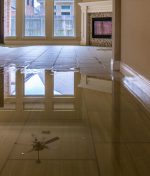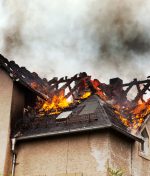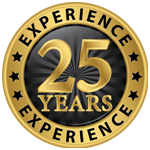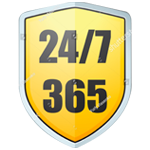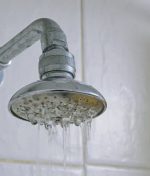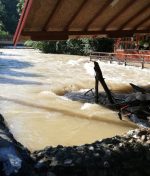What Should You Include in Your Emergency Plan for Fires, Floods, or Mold?
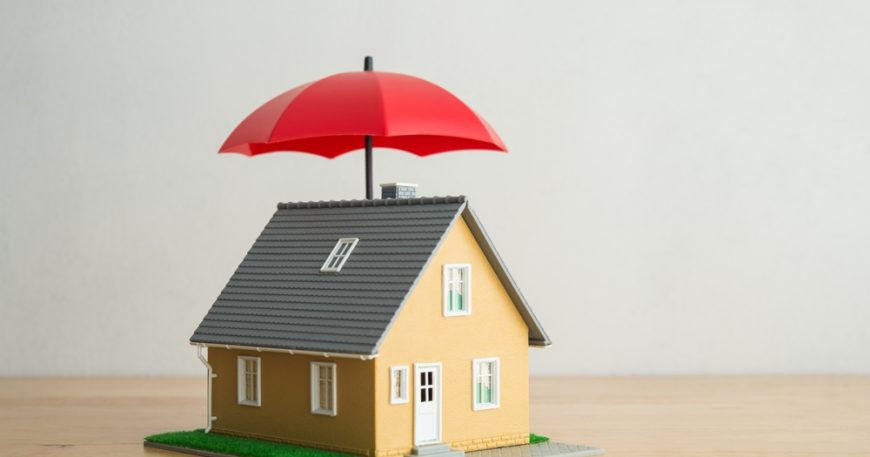
- April 18, 2025
- byadmin
- Mold Remediation
Emergencies don’t wait for a convenient time. Whether it’s a sudden fire, an unexpected flood, or dangerous mold growth, the key to protecting your family, home, and peace of mind lies in preparation. That’s why every homeowner should have a personalized emergency plan ready to go.
At RAMM Water Restoration, we’ve helped countless families in San Diego recover from disaster. We know that being emotionally overwhelmed often leads to delayed decisions and bigger losses. Creating an emergency plan in advance is one of the most powerful ways to regain control—and we’re here to guide you through it.
Why You Need a Disaster Plan
- Minimize damage
- Ensure the safety of your family
- Protect valuables and important documents
- Respond faster and more confidently
- Reduce the emotional toll of the disaster
Core Elements of a Fire, Flood, and Mold Emergency Plan
1. Emergency Contact List
- Family members’ phone numbers
- Local emergency services
- Utility companies (gas, water, electricity)
- Insurance provider
- Local emergency shelter numbers
- Your trusted restoration company (like RAMM Water Restoration)
2. Evacuation Routes and Safe Meeting Points
- At least two exits from every room
- Safe areas outside your home (driveway, neighbor’s yard)
- A regional meeting point in case your household is separated
3. Emergency Supply Kit
- Bottled water (1 gallon per person per day for at least 3 days)
- Non-perishable food
- Flashlights with extra batteries
- First-aid supplies
- Medications
- Personal hygiene items
- Blankets or sleeping bags
- Portable phone charger or power bank
- Masks (especially important in mold or fire smoke exposure)
- Copies of personal documents (ID, insurance, medical)
4. Property and Insurance Documentation
- Insurance policies
- Home and auto titles
- Passports
- Inventory list of household items (with photos)
- Receipts of high-value items
5. Utilities Shut-Off Instructions
- Water (to stop flooding from a pipe burst)
- Electricity (to prevent shock or fire)
- Gas (if you smell gas after a fire or flood)
6. Mold Prevention Checklist
- Use fans and dehumidifiers immediately after flooding
- Remove wet carpets, drywall, or insulation promptly
- Monitor for musty smells or visible signs of mold
- Schedule professional mold inspection if in doubt
7. Pet Preparedness Plan
- Leashes or carriers
- Food and water bowls
- Copies of vaccination records
- A current photo in case you get separated
8. Roles and Responsibilities
- Who grabs the emergency kit?
- Who checks on pets?
- Who helps elderly or disabled household members?
9. Emergency Contacts for Restoration and Repairs
- A compassionate, fast-acting restoration partner (like RAMM Water Restoration)
- A list of licensed contractors if structural repairs are needed
- Local cleanup and debris removal services
10. Communication Plan
- Choose an out-of-town contact for family members to check in with
- Use group texts or messaging apps
- Keep a battery-operated radio to receive emergency updates
How We Can Help
At RAMM Water Restoration, we understand that emergencies are about more than damage—they’re about people. Whether you’re recovering from a flood, tackling mold growth, or facing fire damage, we bring not just the tools and expertise, but the empathy and care you deserve in a difficult time.
We work alongside you to ensure your family is safe, your property is restored, and your stress is minimized. Our San Diego-based team is available 24/7, because we know that disasters don’t run on a schedule—and neither does our compassion.
Need help building your emergency plan or recovering after a crisis? We’re here for you every step of the way.


